We kicked-off our 2018-19 Palladium Chamber Players season in December with a stirring trio performance, but this Wednesday all four of our original players will be onstage performing some exceptional repertoire.
Danielle Farina, our violist, is here (literally, the quartet is rehearsing in the hall as I write this), along with Jeffrey Multer, violin, Edward Arron, cello and Jeewon Park, piano.
We set a subscription sales record this season but you can still buy a four-concert subscription that would cover the programs from January to April. Individual tickets are also available. For information and tickets you can call our box office at 727-822-3590 or follow this link for on-line tickets and info.
The program includes masterworks by Haydn, Dvorak, and Mendelssohn. To get you prepped for the show, you can read Kurt Loft’s program notes here. They will also be included in your program tomorrow night.
See you at the concert.
PROGRAM NOTES, PALLADIUM CHAMBER PLAYERS
WEDNESDAY, JAN. 16, 7:30 p.m.
By Kurt Loft
Joseph Haydn (1732-1809)
Trio for Violin, Viola and Cello in G Major, arranged from Piano Sonata Hob.XVI:40
If you happened to be in Vienna in the early 1800s and ran into Haydn on the street, chances are you wouldn’t guess he was the key figure in the development of the classical style, much less the father of the string quartet and symphony. The guy walking along the cobblestones on his way for a beer carried no airs or hints of royalty; he was humble and humane, a working man who went about composing music to make an honest living. Had he not been a composer, we might have found him kneading dough in a bakery or pounding a blacksmith’s anvil. Instead, he became the most celebrated composer of his day, and his prodigious imagination and blue-collar ethic won him honors with the palace of Esterhazy as well as the loyalty of the commoner.
 His music forms the mortar that helped build the house of Mozart, and of Beethoven, and all who followed his exacting standards of style, form and expressiveness. Haydn’s music exemplifies the glories of the classical period, but it continues to sound fresh because of its inherent logic, clarity and concentrated architecture. Then, there’s a bit of genius behind it.
His music forms the mortar that helped build the house of Mozart, and of Beethoven, and all who followed his exacting standards of style, form and expressiveness. Haydn’s music exemplifies the glories of the classical period, but it continues to sound fresh because of its inherent logic, clarity and concentrated architecture. Then, there’s a bit of genius behind it.
Haydn created music in all forms. Three volumes fill the Hoboken thematic catalogue, including 160 trios, 104 symphonies, nearly 70 string quartets, 62 keyboard sonatas, 20 concertos, 15 operas, 12 Masses and numerous vocal works. Much of this music is written in the galant style: short, song-like melody evenly balanced over light accompaniment ─ a break from the heavier counterpoint of the passing Baroque period.
Haydn arranged the Trio for Violin, Viola and Cello in G Major from an earlier piano sonata dedicated to Princess Marie Esterhazy, and cast it in two movements: an allegro innocente followed by a presto. It opens with music of grace and youthful “innocence,’’ hence its descriptive tempo marking. The themes lightly touch on the minor mode, and evolve into a set of variations on the main tune. The pace sharpens in the following movement, full of speedy twists and turns, unexpected stops and starts, and an abrupt ending designed to throw listeners off balance.
Antonín Dvořák (1841-1904)
Piano Quartet No. 1 in D Major, Op. 23
Dvorak is among the most-performed composers in the world’s concert halls, but he could have spent his days selling beef and pork chops. His father, a butcher and inn keeper in Nelahozeves, a village near Prague, feared his son would follow in his poorly paid profession. Whatever conversations they had must have paid off, as the boy was more interested in the sound of the village zither than in slaughtering cows and pigs.
 Today, a music season rarely passes without hearing the New World Symphony, Cello Concerto, or the American String Quartet. Audiences enjoy the earthy, engaging quality of his music, with its muscular rhythms and propulsive energy. Like Tchaikovsky, he could spin a tune and suspend our belief, forcing us to guess where it might go.
Today, a music season rarely passes without hearing the New World Symphony, Cello Concerto, or the American String Quartet. Audiences enjoy the earthy, engaging quality of his music, with its muscular rhythms and propulsive energy. Like Tchaikovsky, he could spin a tune and suspend our belief, forcing us to guess where it might go.
The immediate appeal of his Slavonic Dances won him international accolades and considerable wealth. In 1892, he was appointed director of the National Conservatory of Music in New York with a stipend of $15,000. During his stay, he composed at his leisure in the small Czech community of Spillville, Iowa, where he brought to life his Ninth Symphony, suggesting an American spiritual in its slow movement.
Some view Dvorak as a cross between Brahms and Tchaikovsky, but his music is wholly individual, notes the musician and lexicographer Nicolas Slonimsky: “He was a composer of singular versatility; the most prominent characteristics of his music are an inexhaustible, spontaneous melodic invention, rhythmic variety, free employment of national folk tunes, and an intensity of harmony which has an electrifying effect.”
This describes the Piano Quartet in D Major, a 30-minute work that offers plenty of space for Dvorak to introduce, develop and revisit material. The initial theme on the cello sets the tone as comfort food for the ear ─ warm, simple and ingratiating, with the violin and piano eager to make conversation. Dvorak’s love of Schubert echoes in the theme and variations of the central section, sweetly lyrical but tinged with sadness, and the resolute end of the movement often receives applause from listeners who think the piece is over. The closing scherzando is really two sections ─ one in 3/8 time and the other in 4/4 time ─ linked through folksy themes and capped by an agitated Czech dance known as the furiant.
Felix Mendelssohn (1809-1847)
Piano Quartet No. 3 in B Minor, Op. 3
The cellist Pablo Casals once described Mendelssohn as “a romantic who felt at ease within the mold of classicism.” Mendelssohn broke no new ground, nor did he compose revolutionary works. He stayed in his comfort zone, borrowing from the past rather than exploring the future. But what he invented was nothing less than astounding.
He was one of the most gifted musicians of his time, noted as much for his exacting craftsmanship as the opulent charm and tunefulness of his music. A loyalist, he believed in preserving the essential works of those who came before him, especially Bach. It was Mendelssohn who conducted the second performance of the monumental but forgotten St. Matthew Passion, leading to a revival of Bach throughout Europe. “It was a Jew who restored this great Christian work to the people,” Mendelssohn was fond of saying.
At age of 17, when most of us are struggling through high school, Mendelssohn was putting the finishing touches on his overture to A Midsummer Night’s Dream, a marvel of musical art that placed him among the most revered 19th-century composers. Educated, cultured, skilled in the visual and literary arts, Mendelssohn had prepped for greatness, and included in his circle of friends Goethe and Schumann, who called him “the first musician of our time.’’
We can only wonder what music would be with us had he lived longer. For years, he suffered from severe headaches that left him bedridden, but it took the death of his beloved sister, Fanny, to finish him off. He exposed his tormented soul in his last major work, the tragic F Minor String Quartet, and died at age 38 of a cerebral hemorrhage.
Mendelssohn completed his brooding B Minor Piano Quartet in 1825, when he was 15, but this doesn’t sound like the music of a teenager. An earlier Piano Quartet already showed confidence in harmonic progression and the skillful management of a complex score. With this new piece ─ dedicated to Goethe ─ Mendelssohn’s acumen skyrockets in a half-hour masterpiece bursting with novel ideals and structural brilliance.
Mendelssohn repeats some of his material, such as the main theme of the opening allegro, in the third and fourth movements ─ a cyclical device that creates unity. The andante is poised and peaceful ─ again, a stunning achievement for 15 year old ─ and in the scherzo that follows we can hear the hints of the Overture to Midsummer Night’s Dream, with its magical, dancing semi-quavers. The work ends by summarizing earlier material that swirls to an impassioned finish.

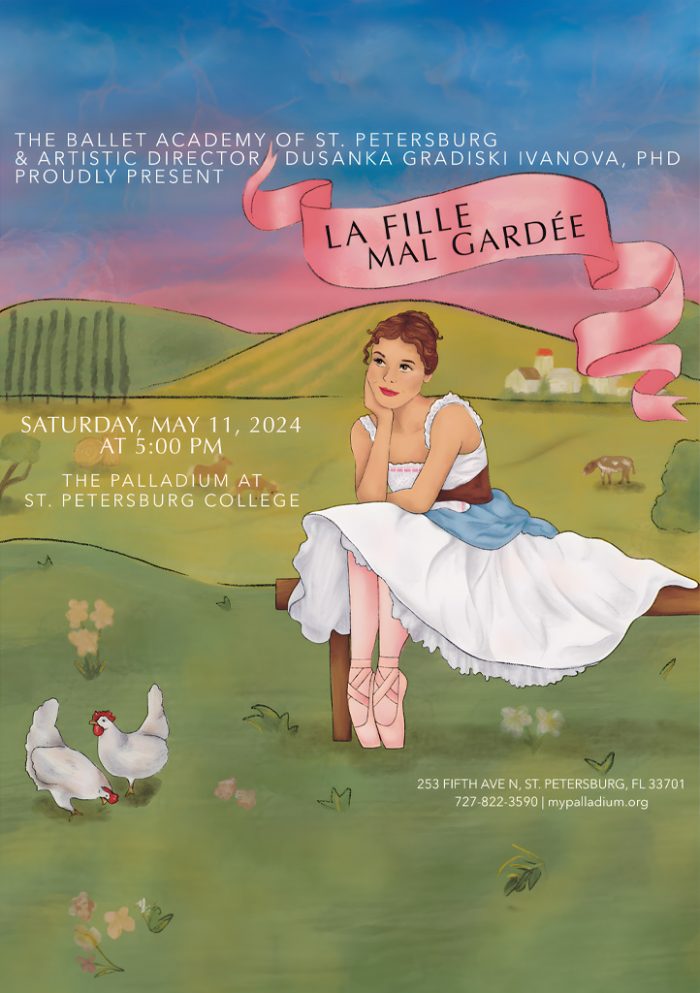

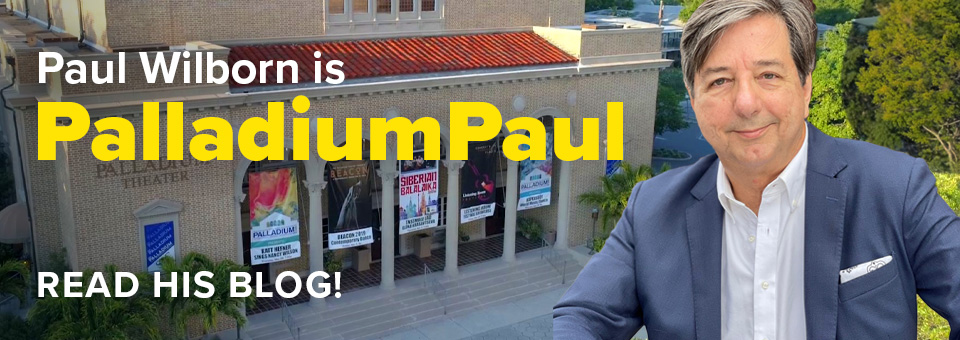
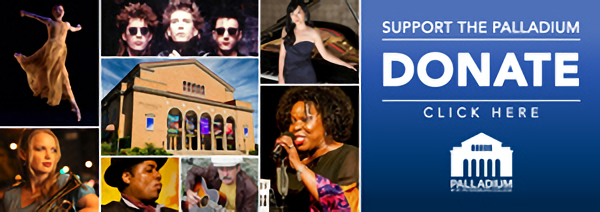

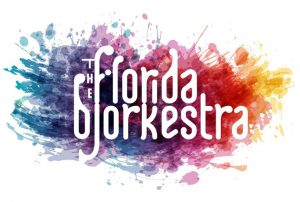
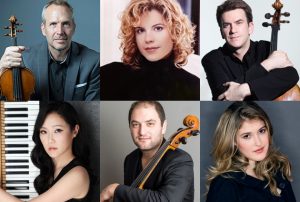
Leave a Reply